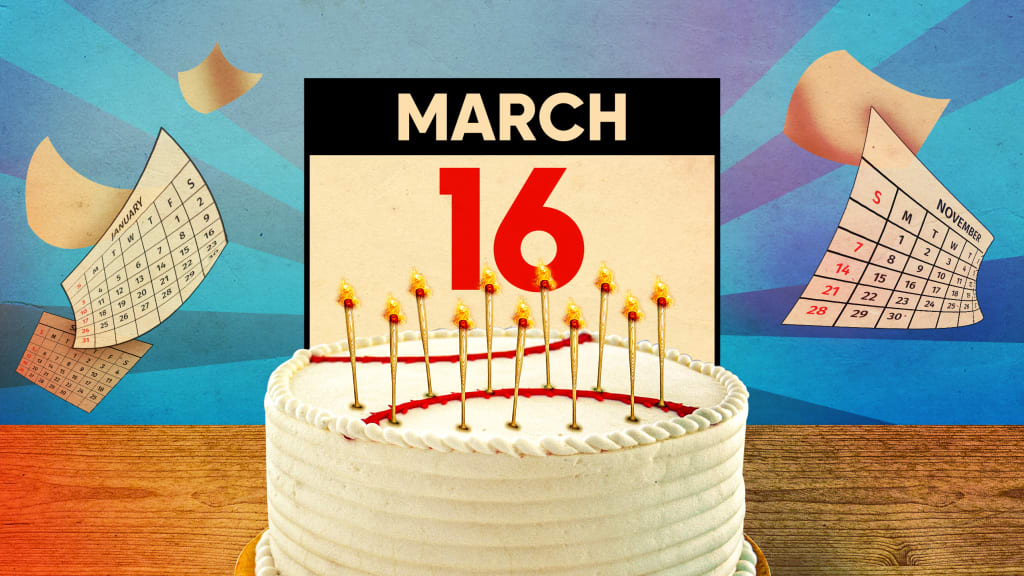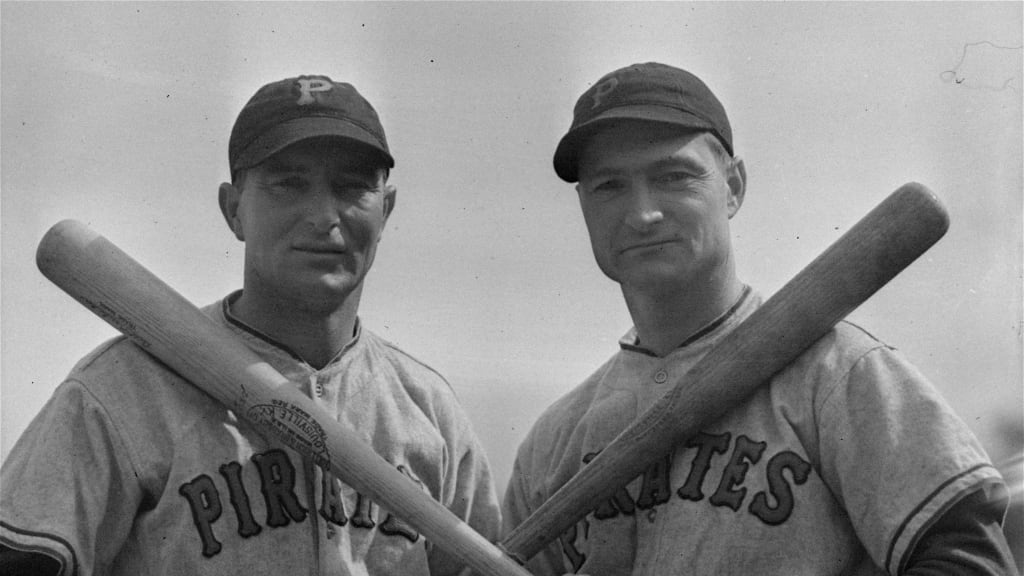
Who are the best players born on each day of the year? We have a list for every day on the calendar.
Here¡¯s a subjective ranking of the top five for March 16.
1) Curtis Granderson (1981)
One of a relatively small handful of post-war left-handed hitters to hit 40 home runs multiple times, Granderson paired power with speed, stealing 20 or more bases three times while also hitting 23 triples in 2007, more than anyone had hit in a season since 1925. Granderson was also a big part of a three-way trade that considerably changed the path of recent baseball history -- imagine if Arizona hadn¡¯t sent Max Scherzer to Detroit in 2009 -- and he hit three home runs for the Mets in the 2015 World Series. His on-field achievements, though, may be secondary to all of the off-field charitable work he¡¯s been involved in, as well as being president of the Players Alliance.
2) Vladimir Guerrero Jr. (1999)
When you¡¯re the son of a Hall of Famer and an immensely-hyped prospect by the time you¡¯re 17 years old, you might think it impossible to live up to expectations. For the first two seasons of his career, Vlad Jr. didn¡¯t, though it¡¯s not like a 109 OPS+ through age-21 was exactly bad. But in 2021, Guerrero had the breakout we¡¯d all hoped for, mashing 48 homers and finishing second in the MVP race only because Shohei Ohtani had what might have been the most impressive season of all time. He was named an All-Star for the second time in his career in 2022 and won his first Gold Glove Award. In '23 Guerrero was once again an All-Star, and he won the Home Run Derby at the Midsummer Classic in Seattle. With his father having won the 2007 Home Run Derby, the Guerreros became the first father-son duo with Derby titles. After a couple of "down" seasons relative to his 2021 breakout, Guerrero Jr. once again had a monster year in '24, posting a 6.2 WAR and 166 OPS, both just off his career highs.
3) Lloyd Waner (1906)
¡°Little Poison¡± manned center field for parts of 17 seasons for the Pirates, most coming next to his older brother in right field, Paul, better known as ¡°Big Poison.¡± Both Waners found their way into the Hall of Fame, with Lloyd¡¯s career line ending up a sparkling-looking .316/.353/.393, though the relative lack of power (he hit only 27 career homers in 7,777 plate appearances) in a high-offense era meant that was merely a league-average line by today¡¯s reckoning. Still, Lloyd only struck out 173 times. Total. In a career that spanned from 1927-¡¯45. It was a different time.

4) Bud Fowler (1858)
Born three years before Abraham Lincoln even entered the White House, John W. Jackson -- better known as ¡°Bud Fowler¡± -- was a 19th-century Negro Leagues pioneer, a Black player who was a pitcher and second baseman on integrated teams before the color line was uncrossable and remembered as the ¡°first acknowledged professional¡± among Black players of the time. Fowler was elected as a member of the 2022 Hall of Fame class, a fitting (if overdue) reward for a player who grew up in Cooperstown of all places.
5) Brian Wilson (1982)
Somewhere buried deep under the beard that fueled Wilson¡¯s larger-than-life persona was a reliever who had a brief-but-great four-year run as one of the best late-inning arms in baseball. From 2008 through ¡®11, Wilson was either a Top-10 reliever (WAR) or the best (saves), depending on how you prefer to value such things, but where he really made his mark was in October, pitching in 17 postseason games without allowing a single earned run. It was Wilson on the mound when the Giants won their first of three titles in 2010; though he¡¯d have just one more productive year after that, he¡¯ll be remembered in San Francisco forever.
Others of note:
Stephen Drew (1983)
J.D.¡¯s younger brother was a first-round pick by Arizona in 2004 and went on to become a well-regarded shortstop for the D-backs for parts of seven seasons, contributing 76 extra-base hits in 2008. Though his career was sidetracked by a serious ankle injury in 2011, he was the starting shortstop for the 2013 champion Red Sox, and he homered in the decisive Game 6 of the World Series.
Jos¨¦ Mota (1965)
Mota, son of the legendary Manny Mota, had only a brief Major League career, getting into 19 games for the 1991 Padres and 1995 Royals. But he¡¯s well-known among Angels fans because he¡¯s been a member of the broadcast team in various capacities since 2002.
Don Blasingame (1932)
Blasingame played second base for five teams across 12 seasons in the 1950s and ¡®60s, known more for his glove and speed than his bat (as well as being the man who replaced Red Schoendienst in St. Louis and was replaced by Pete Rose in Cincinnati). After his Major League career was finished, he spent more than a decade in Japan as a player, coach, and manager. He also had the unusual distinction of playing with his own father-in-law for two seasons with the Cardinals, given that he¡¯d married the daughter of veteran catcher Walker Cooper, 17 years his senior.
Hobie Landrith (1930)
Landrith suited up for seven teams across 14 years in the Majors from 1950-'63, but it's the team he played for the least where he's best remembered. Though Landrith got into only 23 games for the expansion 1962 Mets before being traded to the Orioles in June, he had been their first pick in the expansion draft, and he was behind the plate to catch the first game in Mets history.
Buddy Myer (1904)
Myer played parts of 16 seasons as a middle infielder for the first iteration of the Washington Senators, as well as a pair for the Red Sox. Overall, Myer posted a .303/.389/.408 line, and probably deserved more Hall of Fame consideration than the one single vote he received in 1949.
Want to see more baseball birthdays for March 16? Find the complete list on Baseball Reference.
